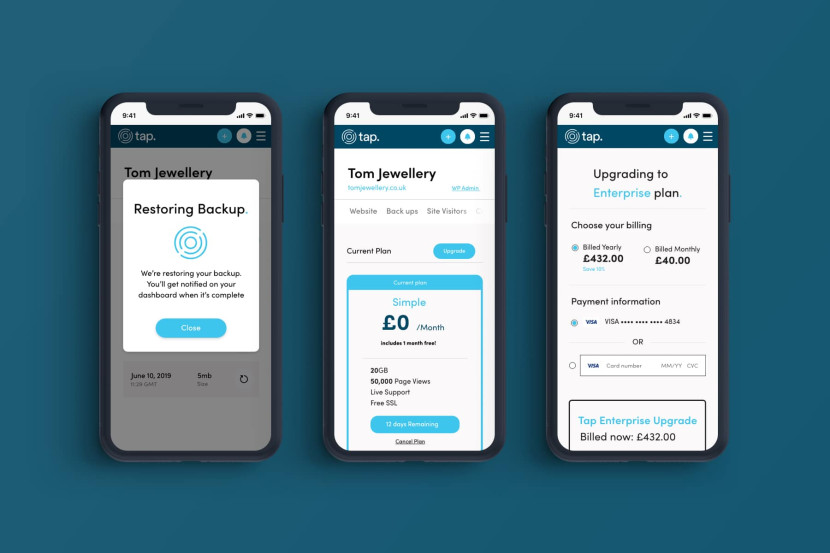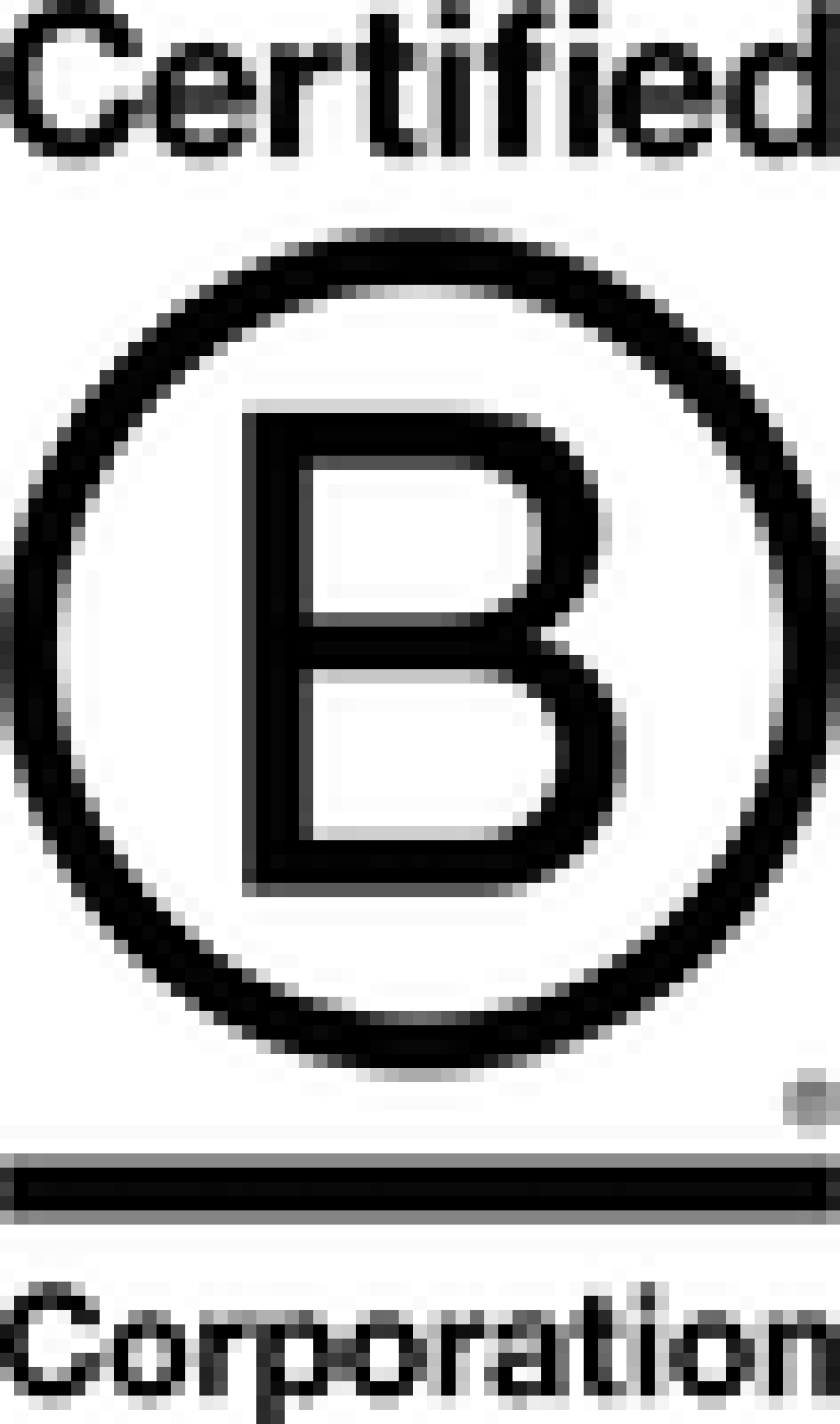Why you should launch your product in phases

“Done is better than perfect” is a phrase you will hear in product team huddles around the world.
It’s true.
If you aim for perfection, your product might never make it to market.
“Research has shown that only 40% of products make it out of development and into customers hands. That’s 60% of products fail to make it to market at all (source).”
There are a long list of reasons why products may not make it to market, but if we can learn one lesson from this research it is that getting a product to market is not simple.
A complex series of steps all have to fall into place for a product to succeed: having an innovative idea or approach, an understanding of the market and audience, the ability to build a product with market fit, and the ability to release it to the world (and actually getting people to use it).
With all that in mind, we want to stack the deck in our favour as much as possible.
Let’s think of your product as a cake.
Currently, your product idea may be sprawling with features, every bell and whistle imaginable, much like having a full shelf of supermarket ingredients spread all over the kitchen counter.
It is imperative that you go to market with a fully functional product that solves the users’ immediate needs, rather than a half-baked product that has more flavours (features) but is not fully cooked.
It is better to bake a delicious cupcake than a mediocre wedding cake.

Apply the same logic to your product. It is better to have a simple, working product than to stretch for a complexity of features before knowing what really works.
Real world story
In September 2014, two business partners and I launched Tap, a managed WordPress hosting platform. To date, Tap has hosted over 13,000 websites worldwide. When we first launched, you could only do one thing; host a single WordPress website.
It wasn’t until 2015 when we introduced the ability to make multiple websites, start a free trial, and included other ‘must-have’ features.
When we launched ‘V2’ in 2015, we had 1,000 customers and 1,389 websites hosted on Tap.
During those 9 months, we had a chance to talk to our customers, learn more about the market and spend time engineering a platform ready for growth. In late 2015, we added our killer feature; free SSL for all websites.
Back in 2015, this was unheard of. On the 22nd of December 2015, we found ourselves on the front page of ProductHunt which led to 2,900% more signups over a 24 hour period.

We built in phases, grew a following, and made something sustainable rather than fleeting.
In my 10 years of experience in launching digital products, I have found that you should go to market with 80% of the features you think you need and explore the remaining 20% in the following weeks and months after launch.
Here are three reasons why you should break your product into phases:
1) Your product needs to breathe.
It needs space to stretch its legs.
During the planning, building and testing phases you are likely to come up with ideas for new features – additions that would be nice to add, or that you would like to be built for launch, but here’s the catch:
You don’t know what your customers will really want from your app or product. They don’t even know yet.
As an expert in your niche, it is likely your instinct can tell you which features your customer will value highly. However, until the product is actually in a user’s hands, you won’t know exactly how they will put these features to use and engage with your product.
Even if you have the chance to undertake user research and testing, it doesn’t always paint a true picture of the market. It is not until a customer is spending their own time and money on your product that the data and feedback becomes truly trustworthy.
Spend 80% of your budget getting your product to market and then you still have 20% to adjust, adapt and expand based on data.
2) You have to keep the flywheel moving.
Jim Collins the author of Good To Great explores the flywheel effect in chapter eight. The concept is simple: there is no single action or innovation that accelerates your business to success, rather a culture of constant momentum pushing.

The first few pushes are the hardest, but once the flywheel is moving, the weight of the flywheel (or product) starts to pick up speed without requiring as much effort as at the start.
When I need to choose new software for our team, there are many elements to consider;
1) Does it meet our requirements? 2) How much effort will the switch be? 3) How much time will it require from the team to get up to speed? 4) How expensive is the product? 5) Is the product in active development?
That last one is important, if it is going to take three days to implement to the whole team, it needs to be a product that we trust in and we can rely on. I look for product activity; updates, reviews, blog posts, founders LinkedIn pages and the company’s social accounts. Nothing says ‘red flag’ like inactivity.
“Ship your product. Then ship an update. Then ship another. And another.”
Small regular updates will always be preferable to that one colossus ‘world-changing’ release you are still trying to fulfil.
3) You need to stay nimble.
If you are a solo founder or part of a small team, perfect.
That can be a good thing when it comes to product development… honestly.
It might feel like you are working on everything under the sun; from approving designs to answering support queries, but once you have traction you will look back at this time with fondness.
You can currently plot a course and adjust for adversity without too much effort.
The same can be said for your product. And launching in phases allows you to stay nimble. Now is the time you can make big changes without catastrophic consequences.
While your new product is young, you can pivot, adjust and make changes without the risk of upsetting legacy users. If you have to roll back a change or reverse feature plan, it is easier to do so with the phased approach.
The ability to stay nimble is not a luxury your product will always have as it grows into maturity – make the most of it.
—
Some key questions to consider and take away:
What is the smallest version of your product you can launch with?
What does your six-month roadmap look like?
Have you built in plans to make a regular release throughout the first six months (and beyond) of its lifespan?
Building a product is a challenge. Breaking it down into manageable phases will, not only improve your product but will protect your resources while you lay your foundations for success.
More Articles

Unexpected Entrepreneur spotlight: Howard Schultz
Have you heard about Summit, our new community for Unexpected Entrepreneurs? Summit is the new home of inspiration for Unexpected Entrepreneurs looking to refine their idea or grow their businesses to the next level.

Unexpected Entrepreneurs - Patagonia founder
Yvon Chouinard is the founder of the well-known outdoor brand Patagonia. However, being the founder of a huge business is never something he set out to do - it was an unexpected venture.

The Missing Ps of Marketing Strategy
Growth. As founders we chase it, especially in the early days. Each month and quarter is defined by financial growth. No matter your product or service, saleability and growth is crucial.

